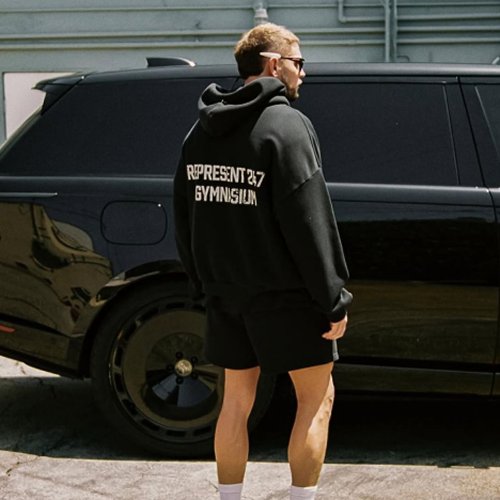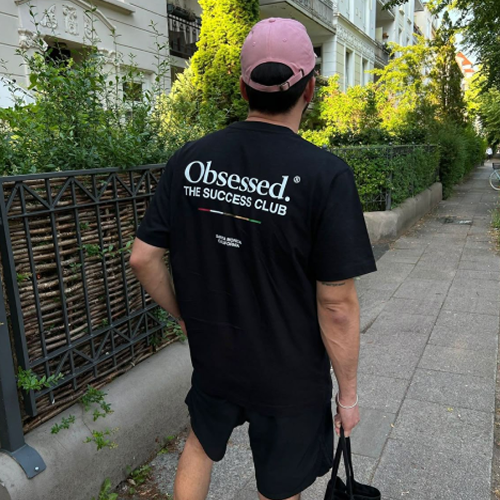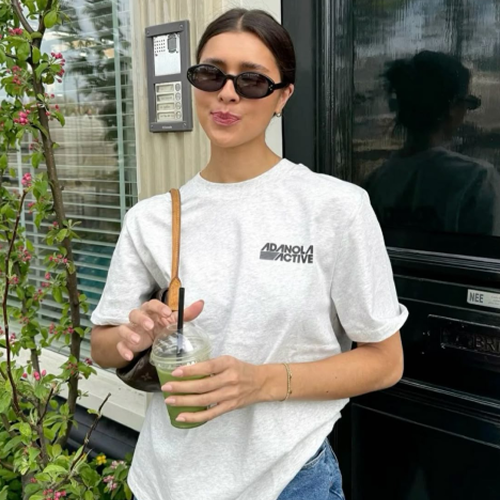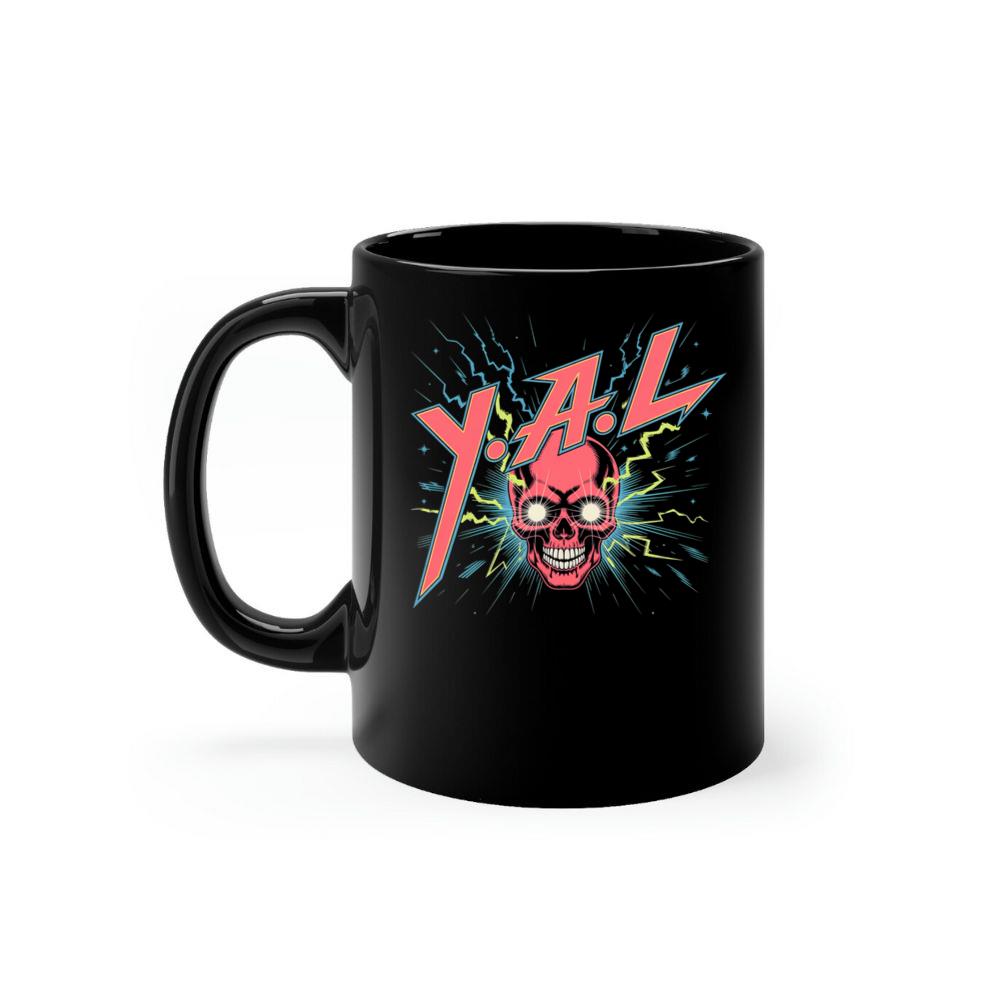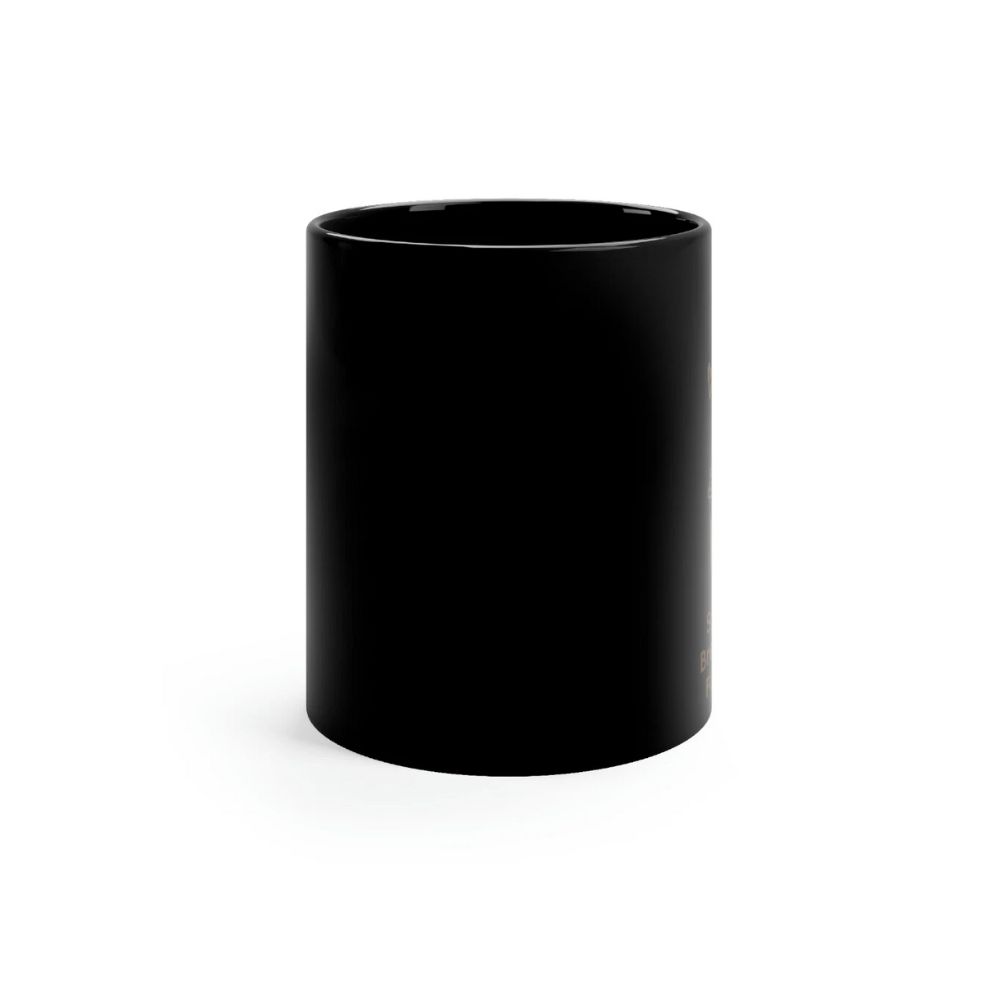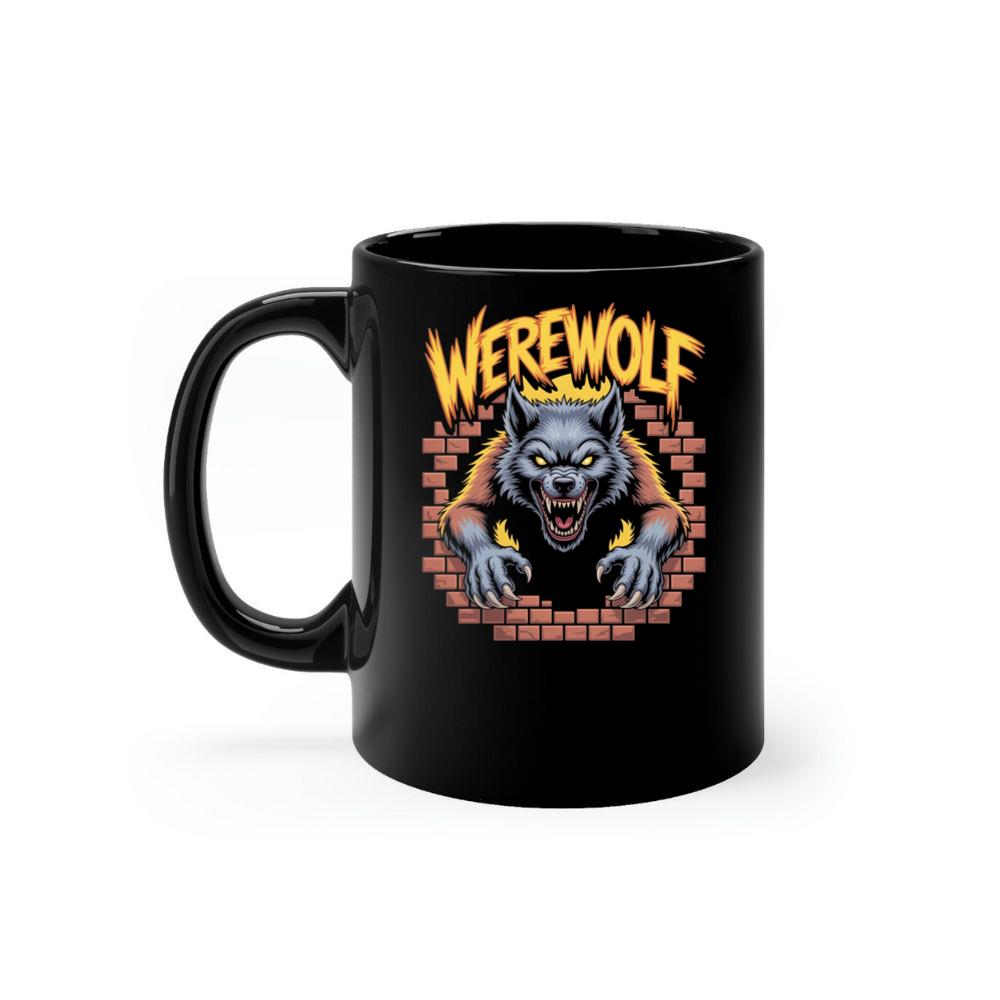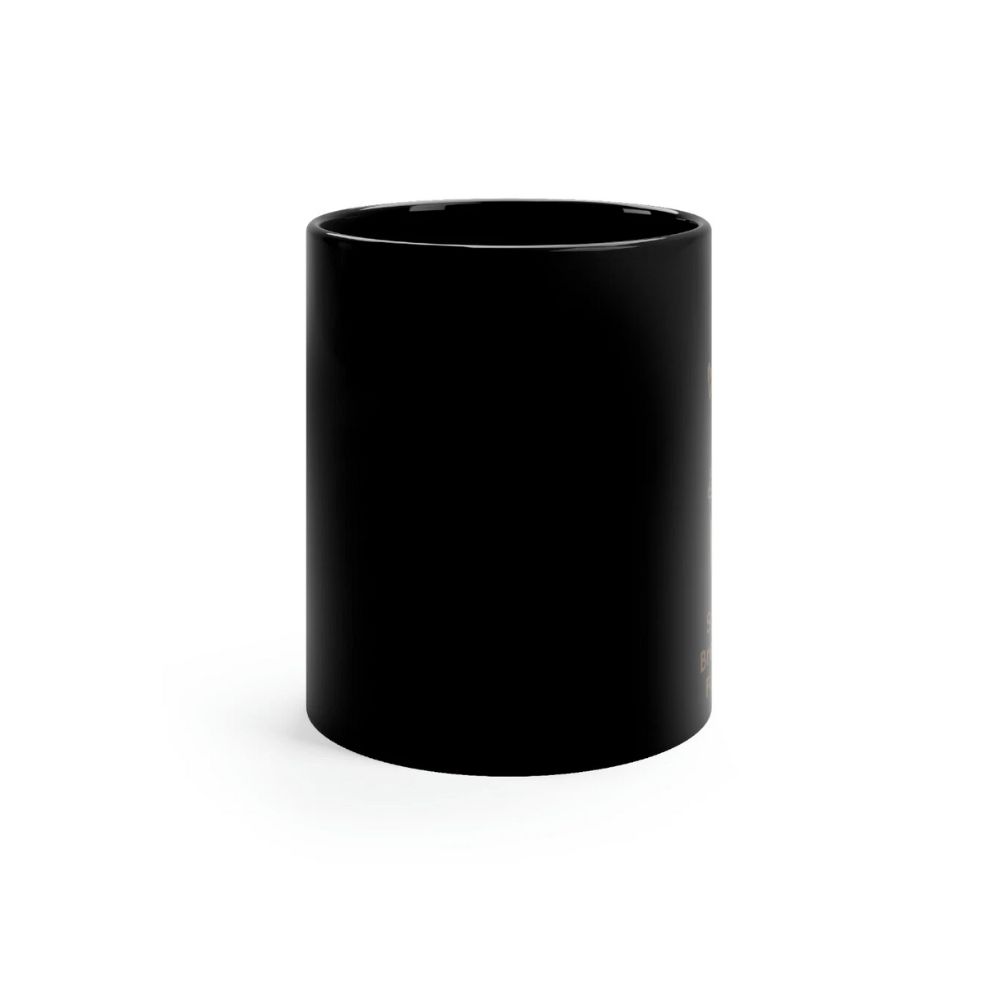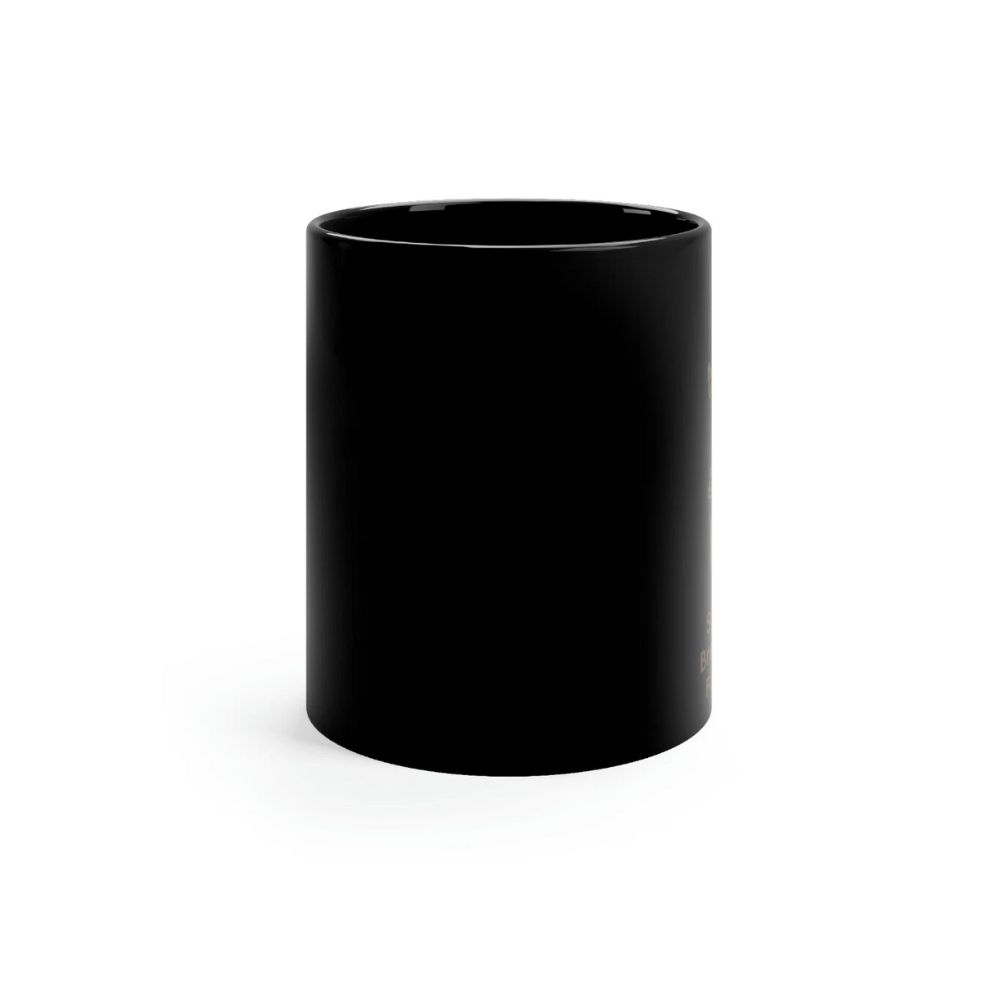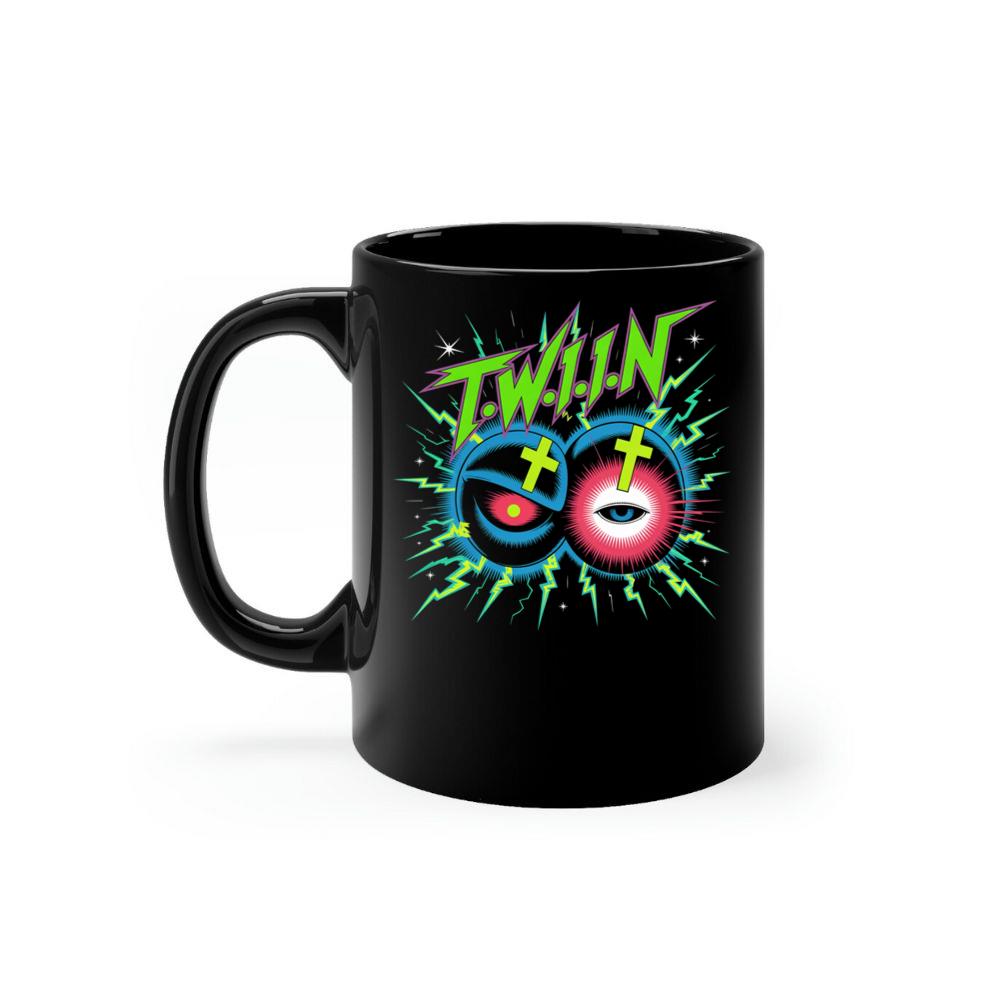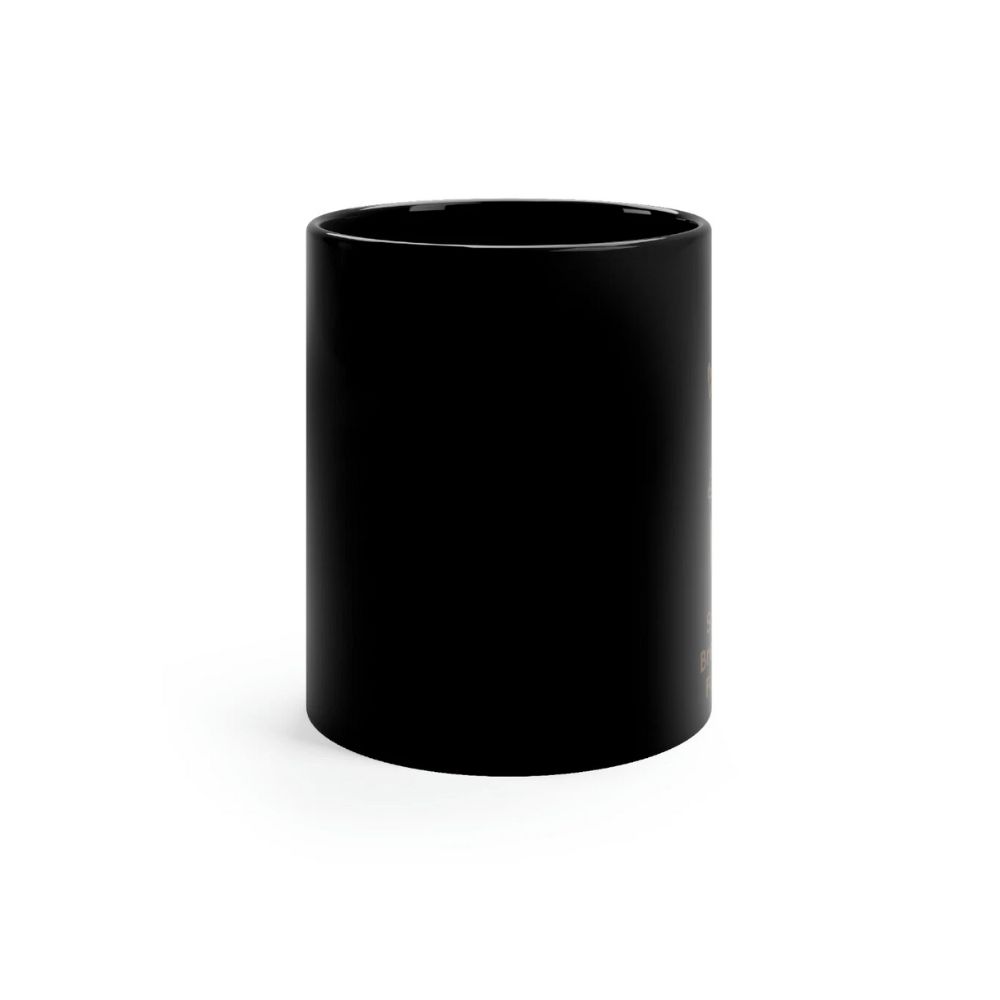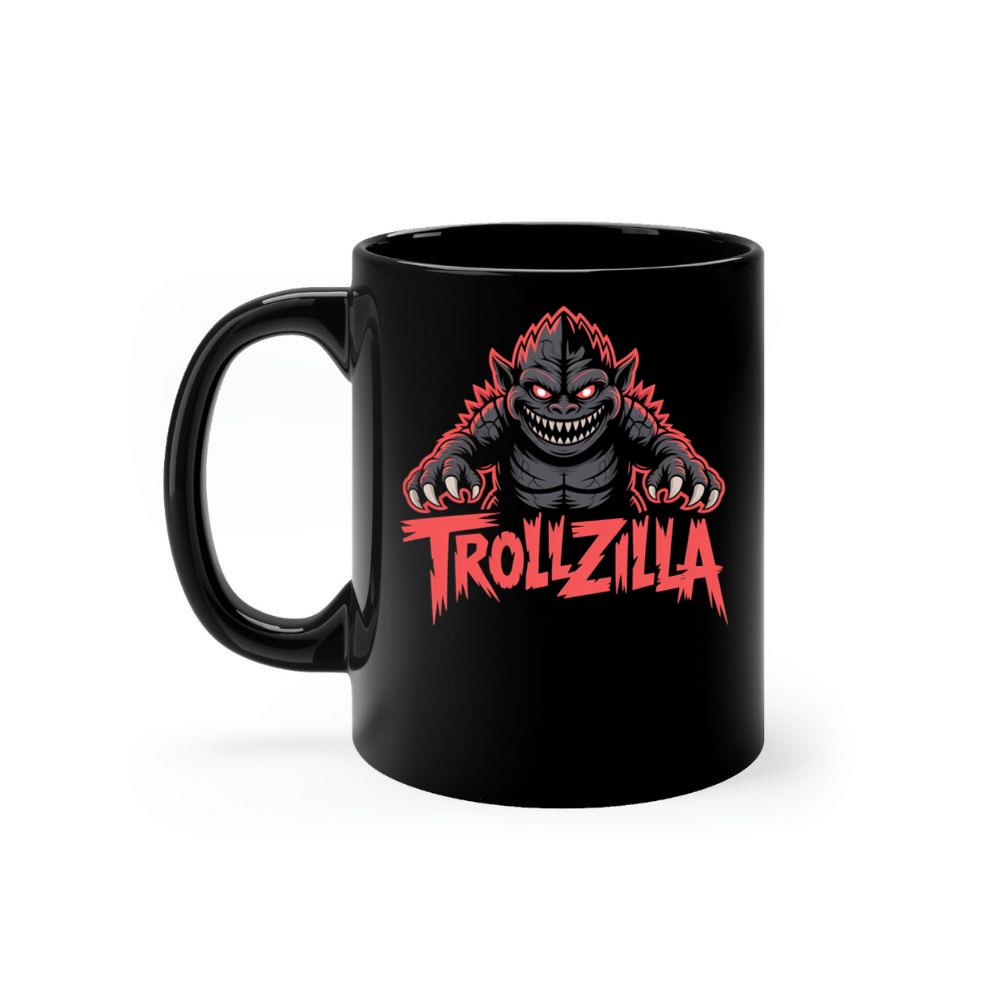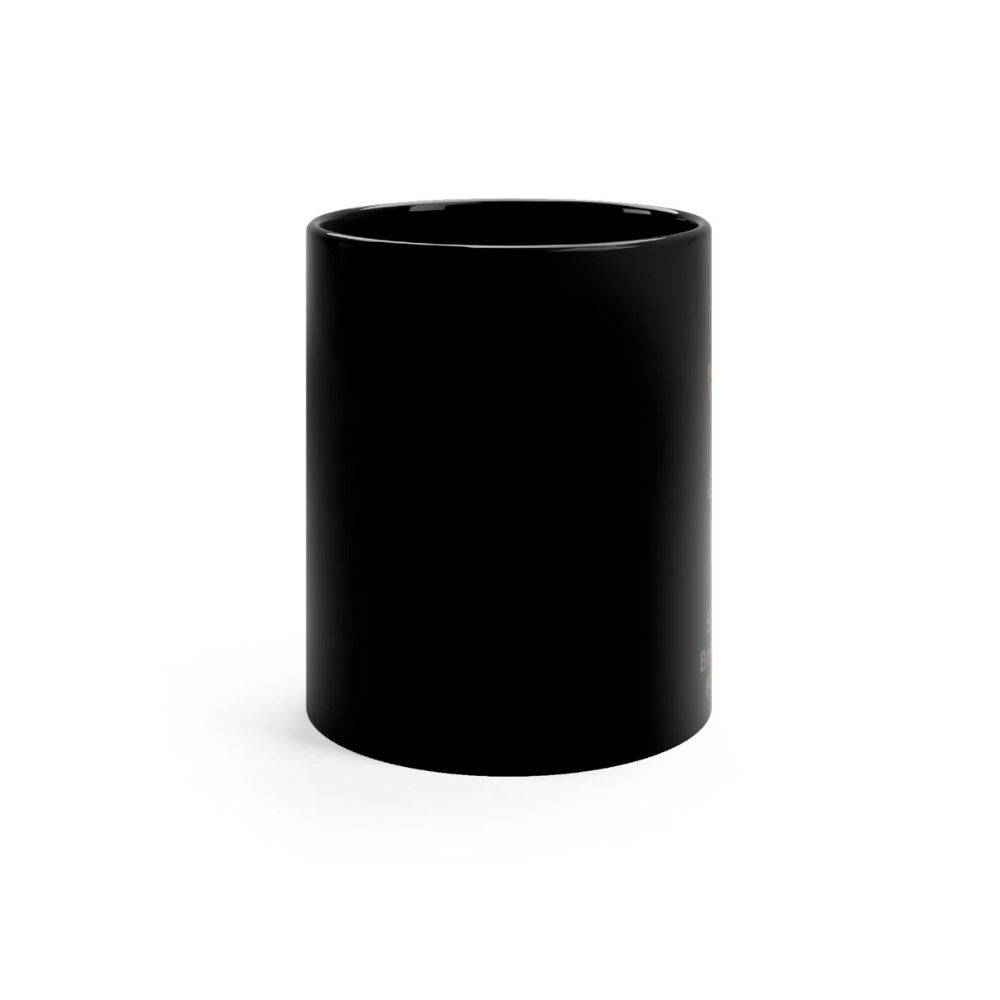Fashion, for most of history, was defined from the top down. Trends began with elite ateliers, couture houses, and glossy magazines. But in the last few decades, something radical happened — the street took over. Skate parks, campuses, music scenes, and online communities became the new runways. The hoodie and the T-shirt — once symbols of rebellion, laziness, or anonymity — are now emblems of global cool.
From New York’s hip-hop boroughs to Tokyo’s Harajuku, from Paris Fashion Week to Milan’s luxury runways, the humble tee and hoodie have transcended their casual roots. They have become icons of modern identity, merging the worlds of comfort, culture, and couture.
This is the story of how two simple garments came to define the very essence of contemporary fashion.
I. The Origins: Rebellion in Fabric Form
Before they became staples of high fashion, hoodies and T-shirts were expressions of defiance.
1. The T-Shirt: From Undergarment to Icon
The T-shirt’s story begins in the early 20th century, not in fashion boutiques but in the military. Soldiers wore cotton undershirts for practicality — they were lightweight, washable, and breathable. After World War II, veterans continued to wear them casually, marking the start of the T-shirt’s transition from underlayer to outerwear.
Then came the 1950s, and with them, two men who changed everything: Marlon Brando in A Streetcar Named Desire and James Dean in Rebel Without a Cause. The white tee became a symbol of masculinity, freedom, and quiet rebellion.
By the 1970s, the T-shirt had evolved into a medium of expression — slogans, band names, protest statements, and art prints turned it into wearable ideology.
2. The Hoodie: The Rebel’s Armor
The hoodie, too, began in functionality. Champion introduced it in the 1930s for laborers working in cold warehouses. Over time, it found its way into sports — and then, into culture.
In the 1970s and 80s, New York’s hip-hop movement and skateboard subcultures embraced the hoodie for its anonymity and attitude. The hood became a form of armor, a way to project identity while remaining unseen.
Movies like Rocky and artists like Run-D.M.C. turned it into an emblem of perseverance and street credibility. But it wasn’t until later that fashion would recognize its cultural power.
II. Streetwear Ascends – The Democratization of Cool
The 1990s and 2000s changed everything. Streetwear — once dismissed as urban subculture — became the heartbeat of global fashion.
1. The Rise of Streetwear Pioneers
Brands like Stüssy, Supreme, BAPE, and Obey took the aesthetics of surf, skate, and hip-hop and turned them into global movements. Their designs centered on comfort — oversized tees, heavy hoodies, bold graphics — but what made them revolutionary was their attitude.
These labels rejected the exclusivity of luxury fashion and replaced it with a new value system: authenticity, scarcity, and community.
A Supreme drop wasn’t just a release — it was a cultural event. People camped outside stores, trading, collecting, and reselling.
The T-shirt and hoodie became cultural currency — symbols of belonging in an era where fashion was becoming increasingly digital and democratized.
2. The Internet Generation and Hype Culture
As the 2010s unfolded, social media became the new fashion stage. Instagram, Tumblr, and later TikTok allowed young people to shape their own style narratives. The hoodie, once seen as anti-fashion, became a badge of digital cool.
When Kanye West launched YEEZY Season 1 in 2015, his oversized sweatshirts and muted tees redefined luxury. Suddenly, minimalist basics were as desirable as couture gowns. Brands like Fear of God, Off-White, and A-COLD-WALL* blurred the line between streetwear and art.
The hoodie and T-shirt were no longer “casual” — they were statements of intentional simplicity.
III. The Runway Revolution
The turning point came when high fashion stopped resisting streetwear — and started absorbing it.
1. The Luxury Streetwear Crossover
When Virgil Abloh was appointed artistic director at Louis Vuitton Men’s in 2018, it marked a cultural shift. A man who began designing T-shirts for a small label (Pyrex Vision) was now defining one of the world’s oldest luxury houses.
His collections fused skate culture, graphic design, and couture craftsmanship. The hoodie was no longer a symbol of rebellion — it was an object of aspiration.
Other brands followed suit:
- Balenciaga turned oversized hoodies into luxury must-haves.
- Gucci reimagined logo tees as statement pieces.
- Dior collaborated with Travis Scott, blending couture with hip-hop aesthetics.
The once-clear line between “street” and “runway” was gone.
2. Fashion’s Shift Toward Comfort
The success of these pieces wasn’t just aesthetic — it was psychological. The world was changing. Work culture became remote. Social norms relaxed. The pandemic accelerated a shift toward comfort-driven dressing.
Suddenly, the hoodie was not just stylish but essential. It symbolized adaptability — a piece you could wear to a Zoom meeting, a coffee shop, or a photoshoot. The T-shirt, meanwhile, became the perfect canvas for minimalist expression and logo-driven storytelling.
Fashion, once about fantasy, was now about functional beauty.
IV. The Globalization of Street Aesthetic
Streetwear is no longer a Western export — it’s a global dialect spoken through style.
1. Asia’s Influence on Modern Streetwear
Tokyo’s Harajuku district was among the first to elevate street fashion to art. Designers like NIGO (of BAPE and Human Made) and Hiroshi Fujiwara (fragment design) created styles that mixed Americana with Japanese precision.
Seoul, Shanghai, and Bangkok have since joined the movement, producing brands that merge local heritage with global flair. Korean labels like ADER Error and thisisneverthat reinterpret the hoodie as a sculptural form, while Chinese designers inject streetwear with avant-garde storytelling.
The global hoodie and T-shirt now reflect a shared identity — a generation fluent in visual culture, connected by aesthetics rather than geography.
2. The Digital Fashion Frontier
The rise of digital fashion has also expanded this dominance. Virtual influencers and metaverse brands use hoodies and tees as digital self-expression tools. Avatars in games like Fortnite and Roblox wear branded streetwear drops — proving that fashion’s influence extends beyond the physical.
A digital hoodie can now be more exclusive than a real one, selling as limited-edition collectibles or NFT-inspired assets. But even here, the visual language remains rooted in streetwear.
V. Symbolism: More Than Fabric
What gives hoodies and T-shirts such cultural gravity? It’s not just comfort — it’s meaning.
1. The Hoodie as a Social Statement
The hoodie has evolved into one of the most politically charged garments in fashion.
In the 2010s, following incidents of racial profiling and protests across the United States, the hoodie became a symbol of resistance and solidarity. Movements like Black Lives Matter used it to represent the right to exist freely and safely.
Fashion responded. Designers, artists, and activists reclaimed the hoodie — turning it into a symbol of unity and awareness.
It now holds dual meanings: comfort and confrontation, safety and defiance.
2. The T-Shirt as a Message Board
The T-shirt remains the purest form of wearable communication. From band tees to protest slogans, it functions as the voice of its generation.
In 2025, this expression has evolved — with sustainability, gender identity, and inclusivity being the dominant messages. Brands like PANGAIA, Patagonia, and Noah NYC use graphic tees to advocate for environmental and ethical awareness.
The new luxury isn’t about price — it’s about purpose.
VI. Crafting Identity Through Simplicity
The modern consumer no longer dresses to impress others — they dress to express themselves. The hoodie and T-shirt are ideal canvases for that philosophy.
They adapt to every aesthetic:
- Minimalists see them as foundational.
- Street stylists treat them as statements.
- Luxury enthusiasts see them as irony made chic.
Fashion icons like Hailey Bieber, A$AP Rocky, and Zendaya exemplify this duality — mixing luxury tailoring with oversized hoodies or plain tees. It’s not rebellion anymore; it’s evolution.
The true genius of these garments lies in their versatility — they belong to everyone, yet mean something different to each wearer.
VII. The Future: Beyond Aesthetic
As fashion moves forward, tees and hoodies continue to evolve — not just as clothes, but as cultural artifacts.
1. Sustainability as the New Status Symbol
The next revolution isn’t about graphics or drops — it’s about responsibility. Consumers are demanding transparency, traceability, and sustainability.
Brands are experimenting with:
- Circular design models (recyclable fibers and repair programs).
- Biodegradable textiles made from hemp, algae, or mycelium.
- Local micro-production to reduce waste and transport emissions.
Owning a well-made, long-lasting hoodie or tee is now an act of quiet rebellion against fast fashion.
2. Technology Meets Tradition
We’re entering an era where digital and physical fashion merge. Smart fabrics track biometric data; AI tools recommend personalized fits; blockchain verifies garment authenticity.
But no matter how advanced the tech becomes, the soul of the hoodie and tee remains human — warmth, identity, and freedom.
VIII. Why They’ll Never Fade
Every generation has its uniform. For ours, it’s the hoodie and the T-shirt — because they are everything at once: democratic yet distinctive, simple yet subversive, ordinary yet iconic.
They represent what fashion has become — not a hierarchy, but a conversation.
Not dictated by seasons or runways, but shaped by people and moments.
From Paris to Seoul, New York to Lagos, these garments tell a universal story:
That comfort is confidence.
That simplicity is sophistication.
That authenticity is the new luxury.
Conclusion: The Reign of the Everyday Icon
The T-shirt and hoodie are no longer just items in your closet — they are the emblems of modern culture. They’ve crossed boundaries of class, gender, geography, and even formality.
Their rise from the underground to haute couture isn’t a coincidence — it’s a reflection of who we’ve become. A world that values expression over excess, comfort over conformity, and community over exclusivity.
In the end, fashion’s greatest revolution didn’t come from a gown or a suit — it came from the streets.
From cotton and fleece.
From the hoodie and the T-shirt.
And that’s why, long after trends fade, they’ll remain the crown jewels of modern style — the timeless proof that sometimes, the simplest things rule the world.

